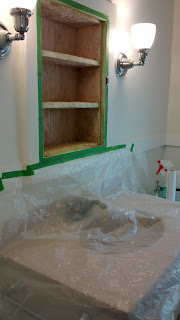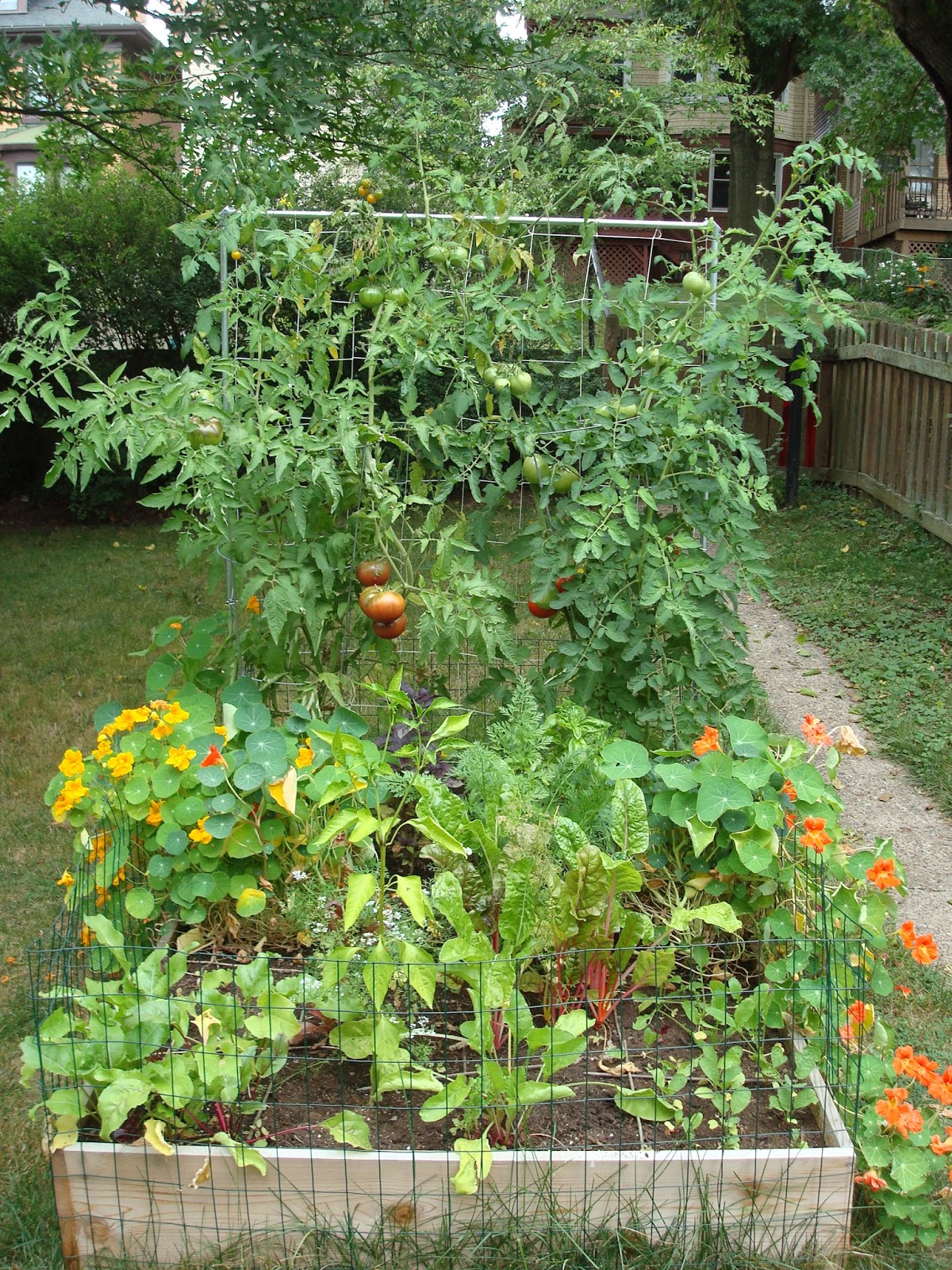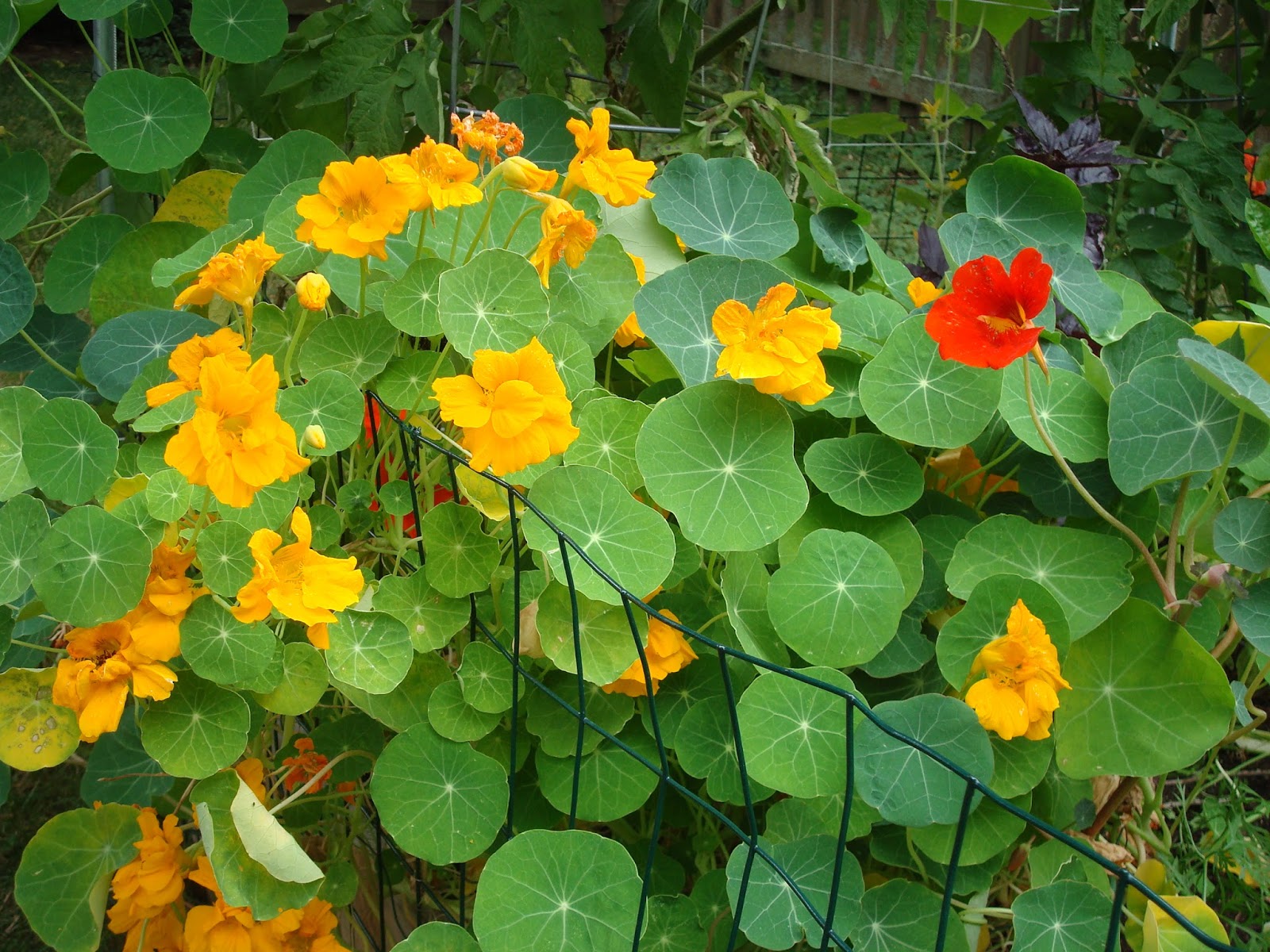Here was the old, with double-bowl sink and corroded faucet:
And here's what was behind the old backsplash, before plaster patching and repainting:
And the new (quartz, in Snow White, with Elkay single-bowl sink and Moen faucet):
And here's the new breakfast bar:
Mont d'Or Manor
09/05/16: The Hole in the Wall
When the breakfast bar was removed, here's what was left behind:
Terrific. Seems that whoever installed the previous breakfast bar didn't bother to make it fit in the corner correctly; instead, they just cut a hole in the wall! The new breakfast bar, however, would sit flush with the wall (as it's supposed to), so the hole needed to be patched.
So, I had to cut a piece of drywall, screw it to the studs, then tape the edges and plaster over. And then, of course, prime and repaint. Here's the early stages:
Terrific. Seems that whoever installed the previous breakfast bar didn't bother to make it fit in the corner correctly; instead, they just cut a hole in the wall! The new breakfast bar, however, would sit flush with the wall (as it's supposed to), so the hole needed to be patched.
So, I had to cut a piece of drywall, screw it to the studs, then tape the edges and plaster over. And then, of course, prime and repaint. Here's the early stages:
Here's the finished product:
And with the new breakfast bar:
06/02/16: Bathroom Update, and Why I Hate Frog Tape
Well, folks, it's been quite some time since you've last heard anything from Mont d'Or Manor. And that's a good thing; it means there's been no major home-improvement projects around here in the last few years! So it seemed like time was ripe for a little work.
Recently I decided to tackle some problems in the bathroom while Michael was out of town. The main issues were the paint chipping inside the wooden medicine cabinet--surely much of the paint was lead based, which is not a good thing in an area where items such as toothbrushes are stored--the corroded finish on the faucet, and the rust on the chrome light fixtures. So, I decided to strip and repaint the inside of the cabinet, and also replace the faucet and polish the lights.
As is always the case, the stripping did not go as planned. By my count, there were at least four coats of paint on the inside of the cabinet: bubble-gum pink on the exterior, and then coats of white, sea-foam green, and, finally, what looked like taupe. The environmentally-friendly stripper I used was no match for all those layers: the first coat of stripper failed to remove all of even the topmost coat (the bubble-gum pink). So I put on a second coat, waited 24 hours, and re-stripped. This time it got all of the pink, the white, and the green, leaving the taupe. At that point, I had to go buy more stripper and then apply a *third* coat, leaving the stripper to do its work for another 24 hours. Needless to say, the bathroom was a mess. Here is the work area:
And here is the stripper working on the pink paint. Yummy!
After three days, I finally got down to the wood. Here it is, after much scraping and sanding:
I had taped off the molding around the cabinet, since I wasn't planning on refinishing it; the paint was in good shape there, and, in my experience, you shouldn't mess with paint that ain't chipping. But what, dear reader, do you imagine happened when I removed the Frog Tape? If you guessed, "Some huge chunks of paint came off with it," then you've just won a vacuum. Here's a lovely snapshot of the Frog Tape debacle of 2016 (good thing there's no audio . . .):
So, this meant I was in for the molding too. I still had no intention of painting the front of the door (which holds the mirror), but I did strip and repaint the back of the door, which had only one layer of paint, all of which came off after a single coat of stripper. And here is the inside of the cabinet now, painted with Zinsser Perma-White semi-gloss, in Benjamin Moore Decorator's White:
And now for the faucet. The old Kohler faucet was badly corroded, and I hated the brushed chrome finish, which had a constant soap-scummy haze on it:
So out it went, and in came a new Moen faucet, in polished chrome. The install wasn't terribly complicated, aside from the fact that the water shut-off valves were totally stuck (in the open position). I ended up having to shut the water off to the the whole house and drain the water out of the pipes before starting any work. The trickiest part was uninstalling and installing the drain assembly. Here is the new faucet:
The last items were the rusty light fixtures:
Here they are after I polished the living daylights out of them:
And here is the final product, with the door put back on:
Recently I decided to tackle some problems in the bathroom while Michael was out of town. The main issues were the paint chipping inside the wooden medicine cabinet--surely much of the paint was lead based, which is not a good thing in an area where items such as toothbrushes are stored--the corroded finish on the faucet, and the rust on the chrome light fixtures. So, I decided to strip and repaint the inside of the cabinet, and also replace the faucet and polish the lights.
As is always the case, the stripping did not go as planned. By my count, there were at least four coats of paint on the inside of the cabinet: bubble-gum pink on the exterior, and then coats of white, sea-foam green, and, finally, what looked like taupe. The environmentally-friendly stripper I used was no match for all those layers: the first coat of stripper failed to remove all of even the topmost coat (the bubble-gum pink). So I put on a second coat, waited 24 hours, and re-stripped. This time it got all of the pink, the white, and the green, leaving the taupe. At that point, I had to go buy more stripper and then apply a *third* coat, leaving the stripper to do its work for another 24 hours. Needless to say, the bathroom was a mess. Here is the work area:
And here is the stripper working on the pink paint. Yummy!
After three days, I finally got down to the wood. Here it is, after much scraping and sanding:
I had taped off the molding around the cabinet, since I wasn't planning on refinishing it; the paint was in good shape there, and, in my experience, you shouldn't mess with paint that ain't chipping. But what, dear reader, do you imagine happened when I removed the Frog Tape? If you guessed, "Some huge chunks of paint came off with it," then you've just won a vacuum. Here's a lovely snapshot of the Frog Tape debacle of 2016 (good thing there's no audio . . .):
 | |
| Frog Tape, you are Pure Evil. |
And now for the faucet. The old Kohler faucet was badly corroded, and I hated the brushed chrome finish, which had a constant soap-scummy haze on it:
So out it went, and in came a new Moen faucet, in polished chrome. The install wasn't terribly complicated, aside from the fact that the water shut-off valves were totally stuck (in the open position). I ended up having to shut the water off to the the whole house and drain the water out of the pipes before starting any work. The trickiest part was uninstalling and installing the drain assembly. Here is the new faucet:
The last items were the rusty light fixtures:
Here they are after I polished the living daylights out of them:
And here is the final product, with the door put back on:
08/18/13: Vertical Gardening
To save space in the garden, this year I've been experimenting with training flowers and some vegetables to grow up vertical structures. I took several ideas for trellising and tips on suitable plants from Derek Fell's useful book, Vertical Gardening.
The laundry pole in the backyard supports vining black-eyed Susans:
Christmas lima beans, scarlet runner beans, and dwarf Italian shelling beans trail up a bamboo tripod in a large wooden pot on the front steps. They're still a little puny:
And here it is now, with a giant 12-foot high ornamental gourd and some morning glories and moonflower growing up it:
 |
| A gourd |
A view of the trellis from inside the porch, looking out. I'm trying to direct the gourd back down the trellis, but it's stubborn and keeps attaching itself to the roof:
08/18/13: The August Garden
Here's the latest from the raised bed in the backyard. The nasturtiums have taken over the sides of the bed, and the tomatoes are losing their minds in the back:
These are Cherokee Purple heirloom tomatoes. The ones in the background are called 'Cosmonaut Volkov':
The cucumbers never did take off, probably because they had to grow in the shadow of the tomatoes:
The recognizable bullseye pattern of Chioggia beets, from the garden, preparing to be someone's lunch:
And here's some dill growing in a pot on the patio. I've let it go to seed so I can have dill seeds for pickling:
06/13/13: A Raised Bed
The backyard needed a vegetable garden, but we weren't interested in cultivating our rock-hard clay soil. So on a warm day at the end of April, we bought lumber and supplies to build a 4'x6'x1'raised bed. We figured that buying the lumber and building the box ourselves would be cheaper than purchasing a kit (and we were right: total cost = ~$90). Plus, we could get the 12" depth necessary for tall veggies like carrots and helpful for avoiding growing into polluted Pittsburgh soil. With lumber from the Allegheny Millwork here in Pittsburgh and some
galvanized deck screws, we constructed the bed in the backyard:
Next we spread newspaper on the bottom of the box to smother out grass and weeds:
All that was easy; the real challenge was the soil, all 22 cubit feet of it!
The bed was filled with a mixture of vermiculite, a little bit of high-quality top soil, and three kinds of compost (cow manure, leaf mold, and mushroom soil). Then it was all stirred up and raked smooth:
Little by little I've been planting spring seeds--French breakfast and Easter egg radishes; several kinds of lettuce; Japanese mustard greens; Chioggia beets; and basil and tomato transplants. Along the north end I constructed a 6' tall trellis out of electrical conduit pipes and rebar, following the directions from Square Foot Gardening. (It's quite easy if you have someone at the hardware store cut the pipes for you.) Screw the corners together with elbow joints, attach some nylon netting, and your vegetables are ready to climb. Later in the summer (hopefully!) the lemon and Japanese cucumbers will scale that thing.
And here we are today, in mid-June:
Next we spread newspaper on the bottom of the box to smother out grass and weeds:
Little by little I've been planting spring seeds--French breakfast and Easter egg radishes; several kinds of lettuce; Japanese mustard greens; Chioggia beets; and basil and tomato transplants. Along the north end I constructed a 6' tall trellis out of electrical conduit pipes and rebar, following the directions from Square Foot Gardening. (It's quite easy if you have someone at the hardware store cut the pipes for you.) Screw the corners together with elbow joints, attach some nylon netting, and your vegetables are ready to climb. Later in the summer (hopefully!) the lemon and Japanese cucumbers will scale that thing.
And here we are today, in mid-June:
06/13/13: The Dirt Patch
Last fall I was hatching plans to create a shade garden out of a dirt patch in the backyard, the site of the previous owners' play set. The area is almost fully under the drip line of our medium-sized oak tree, and the clay soil was very compacted from heavy foot traffic. Last fall we planted three conical yew bushes along the west side of the would-be bed. Someday they will grow 8ft tall to hide the neighbor's garage behind them. Here's the dirt patch earlier this spring, with our little yews and the oak tree.
After aerating the soul with a hand trowel (so as not to disturb the tree roots too much), I planted a mix of hostas and ferns, some of which we purchased online. (This was, incidentally, our first experience buying plants from the Internet.) From the good people at New Hampshire Hostas (who also sell ferns), we bought five hosta plants-- two Maui Buttercup, two Touch of Class, and one Blue Hawaii--and two plants each of Christmas Fern and Branford Beauty Painted Fern. To this we added two Japanese Painted Ferns, two Tassel Ferns, one Bressingham Blue hosta, and one Frances William hosta, all from the fairly decent people at Lowe's. After charting the bed out on graph paper, everything went into the ground, and the bed was mulched with cocoa hulls, a byproduct of the chocolate industry. As an added bonus, the whole backyard was perfumed with the scent of chocolate!
Here's the finished product, about 6 weeks after everything was planted:
After aerating the soul with a hand trowel (so as not to disturb the tree roots too much), I planted a mix of hostas and ferns, some of which we purchased online. (This was, incidentally, our first experience buying plants from the Internet.) From the good people at New Hampshire Hostas (who also sell ferns), we bought five hosta plants-- two Maui Buttercup, two Touch of Class, and one Blue Hawaii--and two plants each of Christmas Fern and Branford Beauty Painted Fern. To this we added two Japanese Painted Ferns, two Tassel Ferns, one Bressingham Blue hosta, and one Frances William hosta, all from the fairly decent people at Lowe's. After charting the bed out on graph paper, everything went into the ground, and the bed was mulched with cocoa hulls, a byproduct of the chocolate industry. As an added bonus, the whole backyard was perfumed with the scent of chocolate!
Here's the finished product, about 6 weeks after everything was planted:
Subscribe to:
Posts (Atom)














































